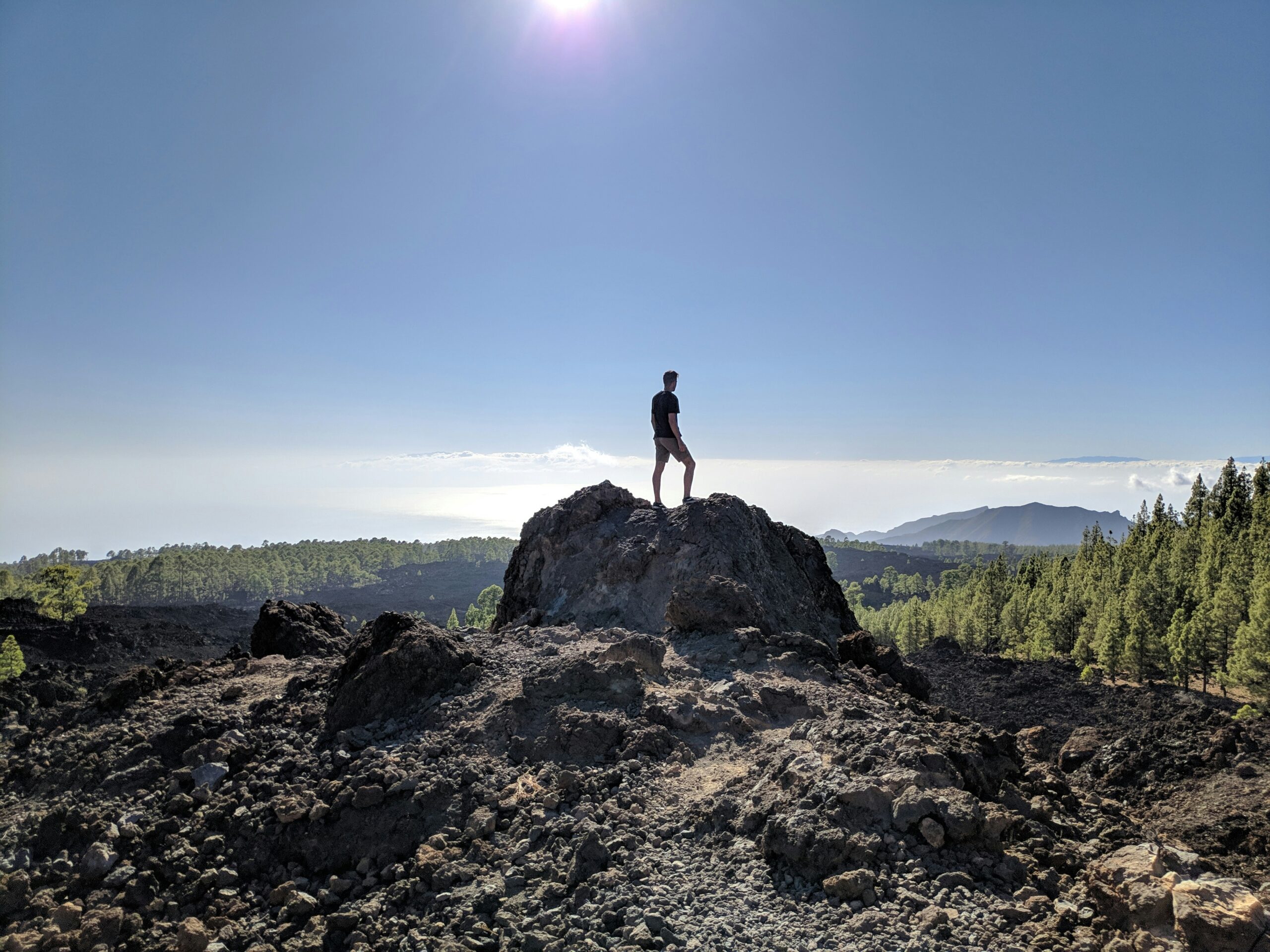
If you’re heading out on your first hiking experience, preparation is key to ensuring a safe and enjoyable journey. Whether you’re trekking through lush forests or exploring mountain trails, the right approach makes all the difference. First, take a moment to check the weather forecast for the day. Knowing what kind of conditions to expect will help you choose the proper clothing and gear. For instance, if rain is in the forecast, packing a waterproof jacket and shoes will keep you dry and comfortable.
Additionally, be sure to map out your route before setting off. Choose a trail that matches your skill level. For first-time hikers, it’s wise to start with a shorter, less strenuous hike. Look up the distance and estimated time it takes to complete the hike. Starting with a manageable route gives you a more enjoyable experience and reduces the risk of exhaustion or injury. Ensure your plan includes emergency exits or alternative routes in case you need to cut the hike short.
Packing Essentials for a Comfortable Hike
When packing for your hike, ensure you carry the essentials. A well-packed backpack ensures you won’t face unnecessary discomfort or inconvenience along the way. The first thing you’ll need is plenty of water. Hydration is crucial, especially when hiking in warm weather. Bring a reusable water bottle or hydration pack to keep sipping as you go. The last thing you want is to feel parched halfway through your hike.
In addition to water, pack snacks that will help fuel your body during the hike. Healthy, high-energy foods like trail mix, energy bars, or fresh fruit will keep your energy levels up. Snacks are essential if you’re planning a hike that lasts for several hours. Furthermore, don’t forget to pack sunscreen to protect your skin from the sun’s harsh rays. Even on cloudy days, UV rays can cause skin damage.
What to Wear on Your First-Time Hiking Trip
Choosing the proper clothing is crucial for comfort and protection during your first-time hiking adventure. Stick with moisture-wicking materials for your base layers. This helps pull sweat away from your skin, preventing it from feeling soggy or chafing. Avoid cotton clothing, as it retains moisture, which can leave you cold and uncomfortable. Depending on the weather, dress in layers that can be adjusted throughout the hike.
For your footwear, pick hiking boots or shoes that provide support and grip. Proper shoes will prevent blisters and help you navigate uneven terrain with ease. They should be comfortable yet sturdy enough to withstand the weight and pressure of a hike. If you’re hiking in a colder climate, consider thermal socks to keep your feet warm. Proper footwear is one of the most critical factors in ensuring a successful and comfortable hike.
Safety Tips to Keep in Mind
When hiking for the first time, safety should always be a priority. Never hike alone, especially on unfamiliar trails. Bringing a buddy along can make the hike more enjoyable and safer. If you must hike solo, ensure someone knows your planned route and estimated return time. This way, they can notify authorities if something goes wrong.
Another essential safety measure is to stay on marked trails. It’s easy to get lost in the wilderness if you stray from the path. Always follow the trail markers and pay attention to any signs or guidance along the way. If you’re unsure about your location, don’t hesitate to turn back. Trusting your instincts can help you avoid dangerous situations. Lastly, consider downloading a trail map on your phone for offline access.
Knowing the Right Pace and Resting
As you embark on your first hiking trip, remember to maintain a pace that feels comfortable to you. It’s easy to get excited and rush ahead, but hiking isn’t a race. Take your time and listen to your body. If you start to feel winded or fatigued, slow down and take a break. A good rule of thumb is to stop every 30 to 45 minutes for a brief rest.
When you rest, find a spot where you can sit or stand comfortably. Use these breaks to hydrate and eat your snacks. Remember, taking small breaks throughout the hike helps maintain your energy and focus. Don’t push yourself too hard, especially on your first hike. The goal is to enjoy the journey, not to finish it as quickly as possible. By pacing yourself, you’ll make the most of your first-time hiking experience.
Post-Hike Care and Reflection
Once your hike is complete, it’s essential to care for your body and gear properly. Start by stretching your muscles to avoid soreness the next day. Stretching helps release tension built up during the hike and reduces the chances of stiff or sore muscles. Additionally, take a moment to inspect your shoes for any signs of wear or damage. Cleaning your boots after your hike ensures they stay in good condition for future trips.
Reflecting on your first-time hiking experience is a great way to understand what worked well and what you can improve next time. Perhaps you realized you needed more water, or maybe you discovered a new trail snack you love. Whatever it may be, taking notes can help you prepare for your next adventure. Most importantly, celebrate your success and take pride in accomplishing your first hike. Each experience will make you a more confident and skilled hiker.
Hiking for the first time can be an enriching experience when you’re well-prepared. With the right gear, pace, and safety measures in place, you can fully enjoy the beauty of the outdoors. Please remember these tips as you begin your hiking journey. Whether you’re taking a short, easy trail or pushing yourself a bit further, you’ll have the confidence and knowledge to make your first-time hiking adventure a success!